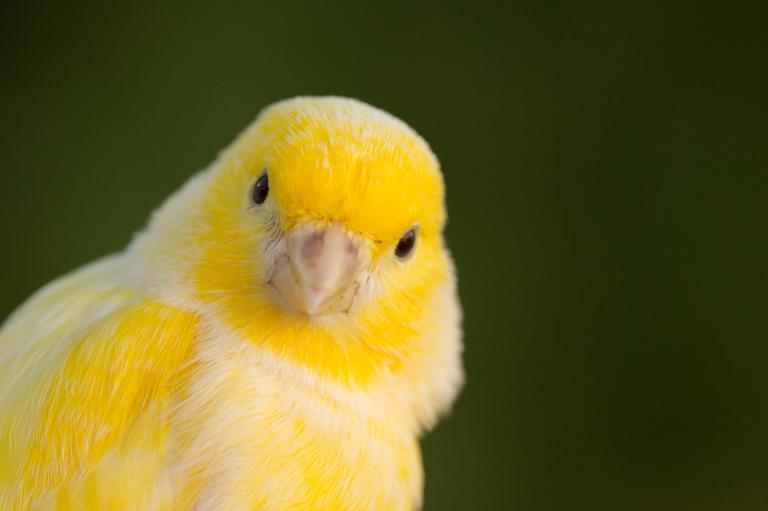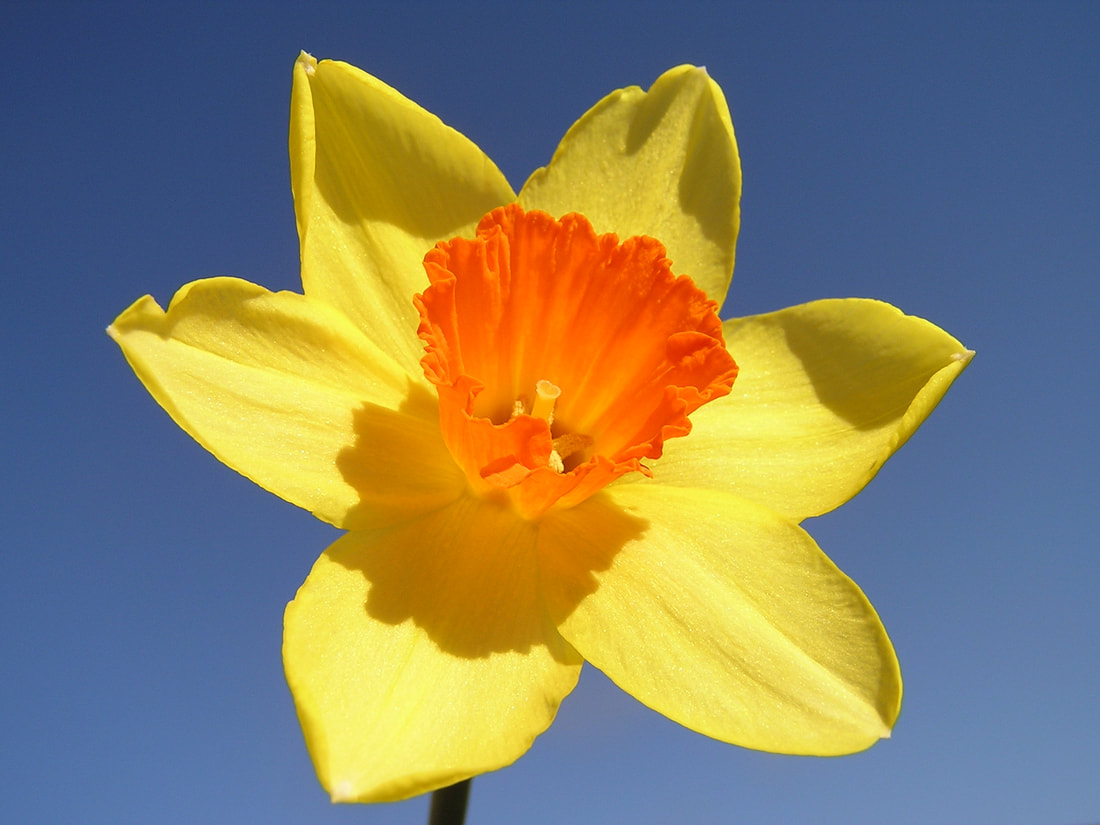|
My initial idea for The Importance of Colours in the Bible was to go through each colour of the rainbow in turn. This was slightly foiled by red, which was divided into red, crimson and scarlet, but never mind. So, orange was next on my list but, lo and behold, there is no mention of the word orange in the Bible! The closest I could find in the NIV was Revelation 21:20, which states: “the fifth onyx, the sixth ruby, the seventh chrysolite, the eighth beryl, the ninth topaz, the tenth turquoise, the eleventh jacinth, and the twelfth amethyst.” According to the AUV Bible (An Understandable Bible), [sard]onyx is “an orange-coloured stone similar to chalcedony”.
The meaning of yellow in artwork changed sometime in the centuries following the crucifixion of Jesus. In paintings of Jesus’ disciples, Judas Iscariot is usually depicted wearing yellow, thus the colour has become associated with betrayal, envy, jealousy and greed. From this, the tradition of depicting Jews or other non-Christians in yellow began. Whilst this practice fell out of use, it was briefly reinstated during the 20th-century when Jews living in German-occupied countries were required to wear a yellow badge featuring the Star of David.
In China, the colour yellow represents happiness and wisdom. The first Chinese emperor was known as the Yellow Emperor and all subsequent emperors were considered to be a child of heaven. Only the emperor was allowed to wear yellow and, instead of a red carpet, distinguished guests were honoured with a yellow carpet. In politics, yellow is most associated with liberalism. In the UK, the Liberal Democrats, UKIP, and SNP all use yellow in their campaign materials. In the US, the Libertarian Party is recognised by the colour yellow. In Chinese history, a Daoist sect was known as the Yellow Turbans; they staged a rebellion against the Han Dynasty. Yellow has been and continues to be used to represent optimism and pleasure. It is a colour that is used to attract attention. In fact, yellow is the most visible colour from a distance and many countries have used the colour on their emergency vehicles. The RAF rescue helicopter is yellow, as are the vehicles used by the Royal Danish Air Force. The colour is frequently used as a warning, for instance, yellow (amber) traffic lights mean slow down and a yellow card in a game of football is a caution but not expulsion. The colour yellow is prevalent on national flags across the world. In fact, the flags of three of the five most populous countries feature yellow: China, India and Brazil. Other countries include Germany, Bhutan, Ukraine, Belgium, Lithuania, Spain, Colombia, Brunei, Vietnam, Malaysia, Mozambique, Romania, Sweden, the Vatican, the Philippines, Chad and the European Union. Buddhist and Hindu monks usually wear yellow or saffron robes. The Hindu divinity Krishna was often portrayed in yellow, as is Lord Ganesha. In Islam, yellow is used as a symbol of wisdom. In the various religions of the islands of Polynesia, yellow is a sacred colour associated with the food of the gods. As already mentioned, in Christianity, yellow is both positive and negative. The latter is connected to Judas Iscariot and the positive is in relation to gold. Similarly, there are both negative and positive connotations of the colour yellow in the Bible. Generally, the colour yellow is used to describe two things; one is gold or something valuable, the other is leprosy. In Leviticus 13, God gives Moses and Aaron regulations about diagnosing skin diseases, i.e. leprosy. This was the job of the priest, in this case Aaron, who must examine all suspected cases of disease and determine whether they are unclean.
To find examples of yellow being used to represent gold or valuable objects, you have to compare the NIV with other versions of the Bible. Take Psalm 68:13, for example; the NIV says: “Even while you sleep among the sheep pens, the wings of my dove are sheathed with silver, its feathers with shining gold.” The King James Version, on the other hand, says: “Though ye have lien among the pots, yet shall ye be as the wings of a dove covered with silver, and her feathers with yellow gold.” Often, the word yellow is not used at all, however, yellow objects or items are named instead. Frankincense is an off-yellow colour and is mentioned approximately 25 times in the Bible. In Matthew 2:11, we are told one of the gifts Jesus received from the magi was Frankincense. Many precious jewels are referenced throughout scripture. Chrysolite, a yellow gemstone, is mentioned ten times. In the book of Revelation, chapter 21 tells us about the New Jerusalem. The city’s walls are made of jasper and the city itself from pure gold. There are to be twelve foundations, each one a different gemstone. It is here that chrysolite gets mentioned for the tenth and final time. “The foundations of the city walls were decorated with every kind of precious stone. The first foundation was jasper, the second sapphire, the third agate, the fourth emerald,the fifth onyx, the sixth ruby, the seventh chrysolite, the eighth beryl, the ninth topaz, the tenth turquoise, the eleventh jacinth, and the twelfth amethyst.” (Revelation 21:19-20, NIV) The book of Revelation also contains one mention (in the NIV) of the word yellow. This occurs in chapter nine in which John writes about the riders of the apocalypse. Verse seventeen describes the breastplates of the riders, which were “fiery red, dark blue, and yellow as sulphur”. Sulphur is mentioned elsewhere in the Bible, although without the colour yellow attached. As well as Revelation, the yellow chemical element is written about in the books of Job, Isaiah and Luke. In each of these cases, sulphur is an indication of destruction, thus giving the colour yellow another negative connotation. Yellow is a difficult colour to attach meaning to due to its connection with both positive and negative things. In terms of emotion, however, yellow is generally considered a happy, optimistic colour. Chris Martin, the lead singer from the band Coldplay, said the band wrote the song “Yellow” to reflect “the mood of the band. Brightness and hope and devotion.” So, I leave you with their famous lyrics: “Look at the stars/Look how they shine for you/And everything you do/Yeah they were all yellow.”
1 Comment
Tim
1/28/2022 02:07:39 am
I have so brief on this words yellow bible
Reply
Your comment will be posted after it is approved.
Leave a Reply. |
©Copyright
We are happy for you to use any material found here, however, please acknowledge the source: www.gantshillurc.co.uk AuthorRev'd Martin Wheadon Archives
June 2024
Categories
All
|


 RSS Feed
RSS Feed